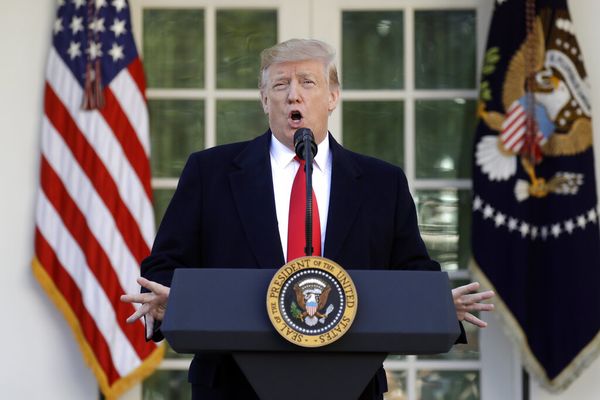Partial end to the government shutdown
President Trump negotiates with Democrats

Courtesy of Syracuse.com
January 30, 2019
President Donald Trump has signed a bill to end the longest government shutdown in United States history.
After 35 days of budget stalemate stemming from Democratic opposition to fund Trump’s border wall, the president has made a surprising deal to re-open the government until at least Feb. 15th. Signing the plan into effect Friday night, this plan includes no funding for the border wall that he has advocated for since the beginning of his presidential career.
Despite this agreement, President Trump remains adamant on border security and securing funds to build a wall. The president made it clear when signing this deal that if Congress cannot reach a deal regarding wall money by mid-February, he will possibly use a National Emergency declaration to bypass Congress and obtain funds for the wall, stating, “If we don’t get a fair deal from Congress, the government will either shut down on Feb. 15th, or I will use the powers afforded to me under the laws and Constitution of the United States to address this emergency.”
Regardless, some are still seeing this announcement as Trump backing down on his aggressive border security agenda that has become an extremely controversial topic of his campaign and presidency since his campaign announcement in 2015.
Democrats are still set on not providing the president with any money for a border wall. Speaker Nancy Pelosi has stated that any compromise between the parties will not include money for a wall.
Outside of Capitol Hill, the end of this shutdown will allow 800,000 federal workers that have been furloughed or required to work without pay to return back to business-as-usual until at least Feb. 15th. The process has been started to pay back these federal workers for their unpaid hours during the government shutdown.









